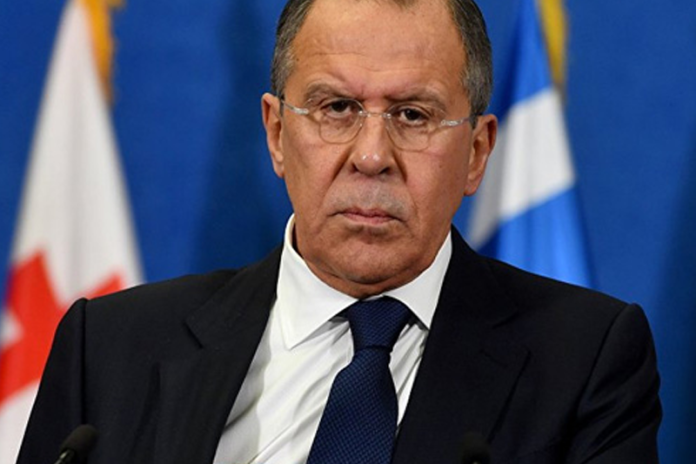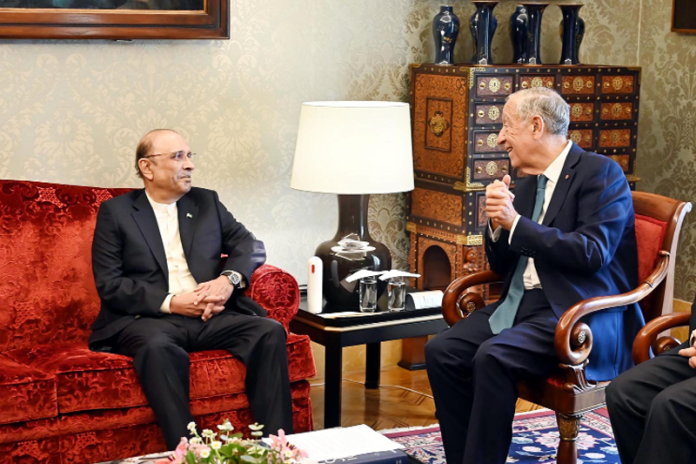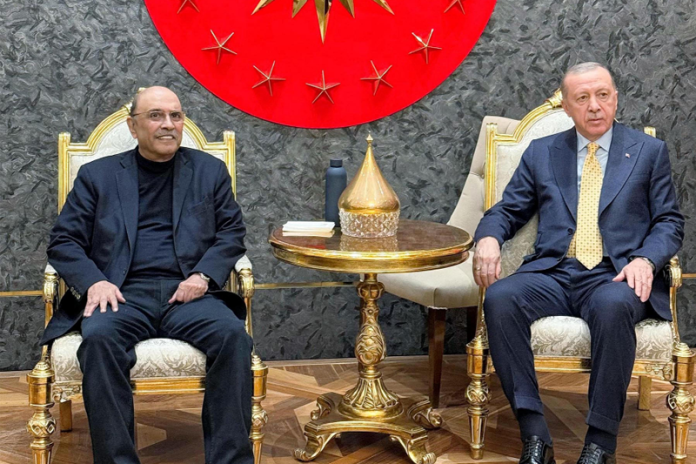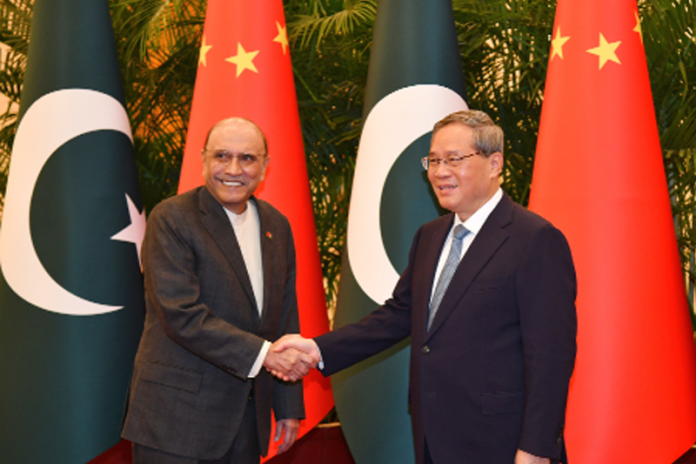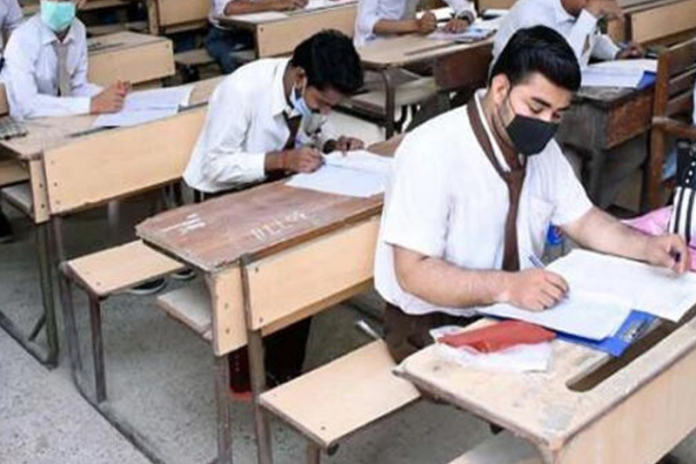‘INFLATION’

- 329
- 0
Inflation refers to rise in prices that causes purchasing power of a nation to fall. Inflation is a normal economic development as long as annual percentage remains low; once percentage rises over a pre-determined level, it is considered an inflation crisis.
Term 'inflation' once referred to increases in money supply (monetary inflation); however, economic debates about relationship between money supply and price levels have led to its primary use today in describing price inflation. Inflation can also be described as a decline in real value of money-a loss of purchasing power in medium of exchange which is also monetary unit of account. When general price level rises, each unit of currency buys fewer goods and services.
A chief measure of general price-level inflation is general inflation rate, which is percentage change in a general price index, normally Consumer Price Index, over time. Inflation can cause adverse effects on economy. In addition to general reasons applicable to all other countries of world, there are certain particular reasons also which added to inflationary trend in Pakistan. 1971 war, which paralysed economy of Pakistan and brought misery to hundreds of thousands of people, is one of major reasons. After this war, Pakistan currency had to be devalued sharply as an initial step towards rebuilding economy. 1973 floods in Punjab and Sindh destroyed crops and property worth billions of rupees and took uncountable human lives. But this was not all. Sharp hike in oil prices proved to be as disastrous for our economy as 1971 war.
Result was that prices of goods short up to a new height, while balance of payment reserves dwindled to their lowest ebb. Following are main types of inflation, which are different from one another due to their causes: 1) Demand Pull Inflation This is demand side inflation. It simply means that when there is an increase in aggregate demand. Without any corresponding increase in aggregate supply price level will rise. 2) Cost Push Inflation It is supply side inflation. If there is increase in prices it will results in fall in aggregate supply. It is reason of increase in cost of production. 3) Structural Inflation Sometimes prices rise in an expanding economy because supply cannot keep up with rising demand because of structural inflexibilities. This is also called structuralist argument for inflation. 4) Imported Inflation In such inflation local governments are helpless; it is due to an increase in prices of imported goods.
To control it government may ban imported items. 5) Open Inflation If there is no control over rise in prices, it will be determined by free forces of demand and supply. 6) Suppressed Inflation If prices are subject to governmental control then their increase is made by government action. 7) Ex-ante and ex-post Inflation Ex-ante inflation is expected inflation and ex-post is actual inflation. For example, if people of Pakistan expect an inflation rate of 10 percent it will ex-ante inflation but actual inflation is 7 percent it will be ex-post. 8) Anticipated Inflation If actual rate of inflation is perfectly in accordance with people's expectations it is called anticipated inflation. 9) Unanticipated Inflation If actual rate of inflation is not according to people's expectations, it is called unanticipated inflation. 10) Profit Inflation Profit inflation is result of greed of businessmen. It usually occurs in such economy, which are dominated by monopolies. 11) Deficit Inflation Government has to borrow form banks and non-bank and internal and external resources in case of deficit financing. It also caused inflation named as deficit inflation. 12) Devaluation Inflation Devaluation also leads to inflation. Devaluation decreases purchasing power of our currency that results in inflation. 13) Ceiling Inflation Inflation that occurs due to various prices ceiling enforced by government. Price ceiling are set by government to maintain prices of certain essential goods at a determined level. 14) Income Inflation If there is an increase in income of people, it will increase money supply in country that leads to income inflation. There are many factors of inflation in Pakistan. Mentioned below are some of them. Several supply and demand factors could be responsible for this surge in inflation. SUPPLY-SIDE SHOCKS: If occurs can cause large fluctuations in food and oil prices, which impacts overall inflation, at times, can be so extreme that these cannot be countered through demand management, including monetary policy. INCREASED DOMESTIC DEMAND: First, increased domestic demand can create an output gap, putting upward pressure on prices. Growth in private consumption on average remained over 10 percent between FY04 and FY06, depicting signs of demand side pressures on price level. Relationship between growth and inflation depends on the state of economy. High growth, without an increase in inflation, is possible if productive capacity or potential output of economy is growing enough to keep pace with demand. A prolonged phase of rising inflation in such a case can have severe consequences for economy. RISING TRADE DEFICIT: Expectations effect is very important since there is a danger that current high rate of inflation can get locked into expectations of inflation. People expect higher salaries to compensate for expected increase in prices, speculation in asset prices increases, credit meant for manufacturing sector diverts to real estate and stock markets, and hoarders, profit and rent seekers become active in expectation of high price in future. All this can have devastating effect for prices. FISCAL POLICY REMAINED EXPANSIONARY: Fiscal policy has remained expansionary in last few years. Expansionary fiscal policy fuels domestic demand and puts pressure on current account deficit. It widens investment-saving gap, which has to be financed externally. Financing of fiscal deficit through money creation adds to inflationary pressures. Increased government borrowing from central bank can have serious consequences for general price level. RISING IMPORT PRICES: Rising import prices are also considered an important factor for inflation.
Exchange rate, if depreciating can also put upward pressure on price level. Increase in prices of goods, such as petrol, raw material etc makes our imports costlier, impacting on cost of production. INDIRECT TAXES: Similarly, indirect taxes are also blamed as main cause of inflation. Indirect taxes, such as Sales Tax and excise duties raise prices of consumer goods. This creates inflationary pressure. On other hand, direct taxes reduce take-home income and have anti-inflationary effect. A substantial increase in support price of wheat is estimated to have an inflationary effect on consumer prices, particularly food prices. This effect is due to fact that wheat and wheat-related products account for 5.1 percent of CPI basket. Inflation also holds good and bad effects for any country of world. Let's discuss some them also. Following are GOOD EFFECTS of inflation, if rate is 2 percent to 4 percent: * There is increase in production due to inflation. * Inflation increases employment opportunities in country.
* Inflation enhances process of economic development. * There is more investment in country at time of inflation. * Inflation increases economic activities that may cause to inventions and innovations. * Profit of producers also increases when there is normal inflation. Following are BAD EFFECTS of inflation: * It is a huge problem for employees, taking fixed salaries. * It generates unfair distribution of income and wealth. * Inflation reduces saving of population. * It is a cause of unfavourable balance of trade and payment. * Inflation increases rate of interest. * It creates a lot of social evils. * It is difficult for consumers to purchases more goods. * It generates very bad effects on poor labour force. * Inflation reduces the living standard and purchasing power of people. * It is harmful for creditors. * Inflation reduces purchasing power. CAUSES OF INFLATION There are many causes for inflation, depending on a number of factors. EXCESS MONEY PRINTING: Inflation can happen when governments print an excess of money to deal with a crisis but don't have resources at backed, usually governments are allowed to print only that amount of currency that is equal to gold available to that country. As a result, prices end up rising at an extremely high speed to keep up with currency surplus. In which prices are forced upwards because of a high demand. HIGH PRODUCTION COSTS: Another common cause of inflation is a rise in production costs, which leads to an increase in price of final product. For example, if raw materials increase in price, this leads to cost of production increasing which in turn leads to company increasing prices to maintain steady profits. Rising labor costs can also lead to inflation. INTERNATIONAL LENDING AND NATIONAL DEBTS: Inflation can also be caused by international lending and national debts. As nations borrow money, they have to deal with interests, which in end cause prices to rise as a way of keeping up with their debts. FEDERAL TAXES: Inflation may be caused by federal taxes put on consumer products such as cigarettes or fuel. As taxes rise, suppliers often pass on burden to consumer; however, once prices have increased, they rarely go back, even if taxes are later reduced. For example a rise in rate of excise duty on alcohol and cigarettes, an increase in fuel duties or perhaps a rise in standard rate of Value Added Tax or an extension to range of products to which VAT is applied. These taxes are levied on producers (suppliers) who, depending on price elasticity of demand and supply for their products, can opt to pass on burden of tax onto consumers. For example, if government was to choose to levy a new tax on aviation fuel, then this would contribute to a rise in cost-push inflation. Inflation effects different sectors of economy (Effects on distribution of income and wealth, effects on production, effects on government, effects on the Balance of Payment, effects on Monetary Policy, effects on social sector, effects on political environment) and different classes of people (debtors and creditors, salaried class, wages earners, fixed income group, Investors and shareholders, businessmen, agriculturists). Pakistan's government has been making a great effort to check this inflation. Rate of interests has been increased in order to encourage savings and withdraw of currency. Government is making efforts to increase industrial outputs so that level of consumption is leveled with that of output. But unfortunately government has not met with success in getting rid of inflation.
Published in The Daily National Courier, August, 22 2022
Like Business on Facebook, follow @DailyNCourier on Twitter to stay informed and join in the conversation.











